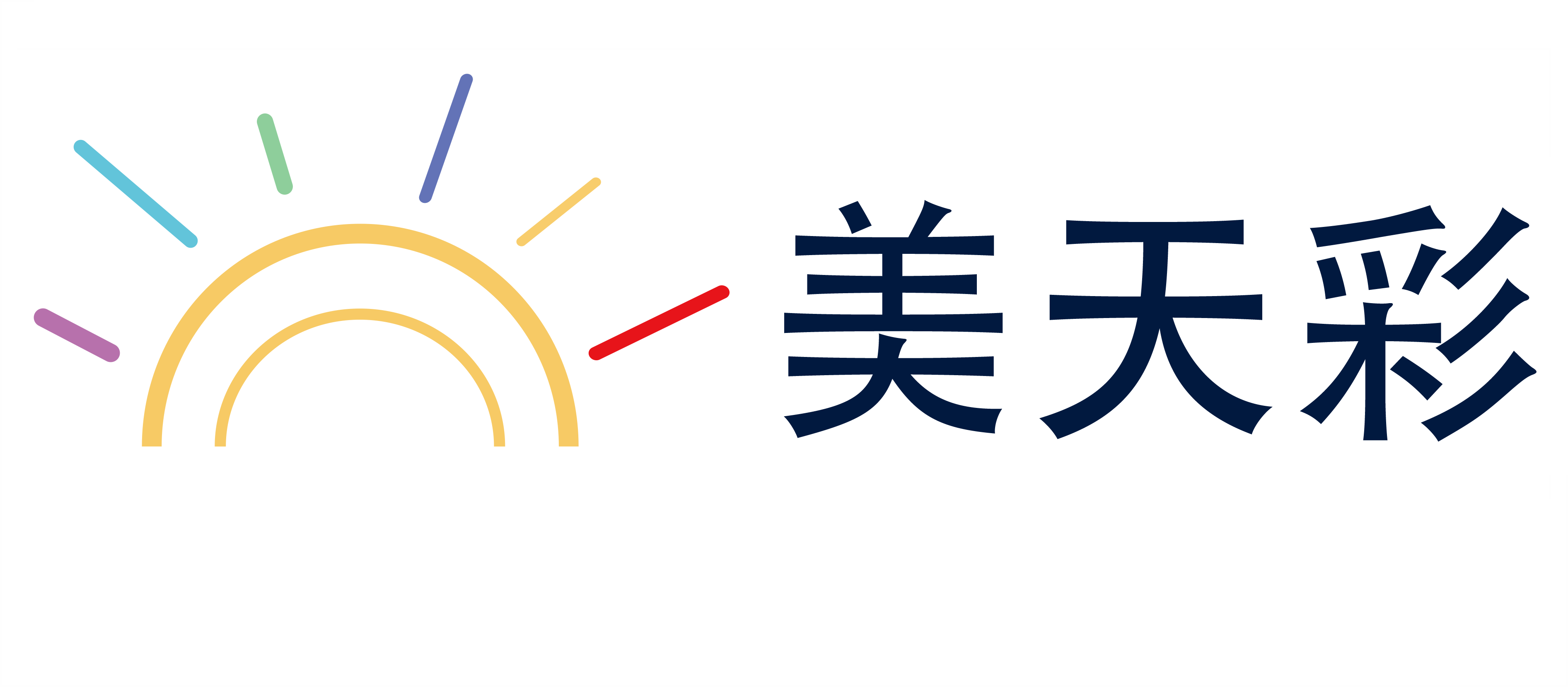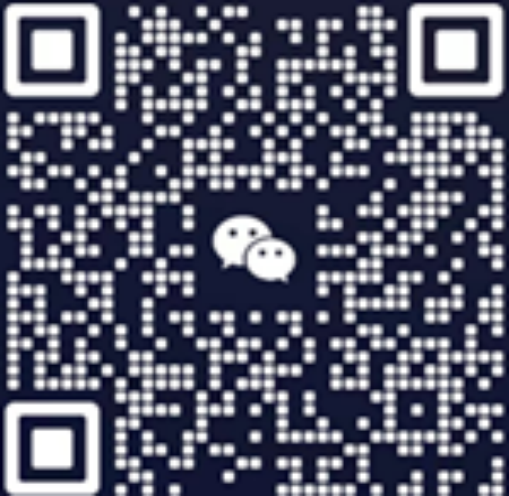东南亚儿童眼部化妆品的成分声明与标签规范
东南亚儿童眼部化妆品成分声明与标签规范
随着儿童眼用化妆品 popularity in Southeast Asia, the regulatory landscape for these products has become increasingly stringent. In response to growing concerns about child eye safety and the complexity of cosmetic ingredient regulations, Southeast Asian countries have introduced detailed guidelines and standards for children's eye cosmetics. This article explores the regulatory requirements, components, and labeling standards for children's eye cosmetics in Southeast Asia, highlighting the importance of transparency and accountability in the cosmetic industry.
一、儿童眼部化妆品成分声明的重要性
The regulatory requirements for children's eye cosmetics are primarily driven by concerns about the long-term safety of children's eyes. According to the World Health Organization (WHO), frequent use of eye cosmetics can increase the risk of eye infections, eye twitches, and even eye cancer. In addition, children are more likely to experiment with products, leading to potential exposure to harmful substances. As a result, the regulatory body must ensure that these products are safe for children.
The EU's Cosmetics Regulation (EC) No. 2768/2011 sets a high standard for cosmetic products, including children's eye cosmetics. It requires manufacturers to declare the presence of potentially harmful ingredients in cosmetic products. For children's eye cosmetics, the regulatory body must declare all ingredients that may harm children's eyes, including heavy metals such as lead, mercury, and arsenic, as well as other harmful additives.
The declaration of ingredients is not only a legal requirement but also a social responsibility. It helps consumers understand the product's composition and make informed choices. By requiring manufacturers to declare ingredients, the regulatory body empowers consumers to avoid products that contain harmful substances.
二、儿童眼部化妆品标签规范
标签规范是化妆品安全的重要组成部分。在东南亚,儿童眼部化妆品标签必须包含以下内容:
1. 产品名称:清晰明了地标识产品名称,以便消费者识别。
2. 配料表:列出所有添加成分,包括主要成分和次要成分。成分名称必须准确无误,不得模糊或误导消费者。
3. 成分声明:根据法规要求,明确列出所有可能危害儿童眼睛的成分。例如,铅、汞、砷等重金属必须在标签上标注。
4. 示教文턱:在标签上必须包含示教文턱,指导消费者如何正确使用产品。内容应包括使用方法、注意事项、成分说明等。
5. 生产日期和保质期:产品必须标明生产日期和保质期,确保产品处于有效期内。
6. 制造商信息:包括制造商名称、地址和联系方式。
标签规范的目的是为了提高消费者的知情权和选择权。通过明确的产品信息,消费者可以做出明智的购买决策,从而减少对有害物质的暴露。
三、法规要求与标准
东南亚国家对儿童眼部化妆品的法规要求各不相同,但都以保障儿童眼睛健康为宗旨。以下是主要国家和地区的主要法规要求:
1. 欧盟(EU):欧盟的《化妆品条例》(Cosmetics Regulation)对所有化妆品都有严格要求。对于儿童眼部化妆品,欧盟要求必须明确列出所有可能危害儿童眼睛的成分,并在标签上注明。
2. 日本:日本的化妆品法规要求 manufacturers to provide detailed information about ingredients that may harm children's eyes. The label must include a warning section that guides consumers on how to use the product safely.
3. 印度:印度的化妆品法规要求 manufacturers to declare all harmful ingredients in children's eye cosmetics. The label must include a clear warning about the risks of using the product on children.
4. 泰国:泰国的化妆品法规要求 manufacturers to provide a detailed list of ingredients that may harm children's eyes. The label must include a warning section that guides consumers on safe usage.
四、市场监督与执法
为了确保法规的落实,东南亚国家对儿童眼部化妆品市场进行了严格监管。监管机构的主要职责包括:
1. 随机抽查:定期对儿童眼部化妆品市场进行随机抽查,确保产品符合法规要求。
2. 合格证审查:要求 manufacturers to provide detailed ingredient declarations and labeling information with all required data.
3. 不合格查处:对于不符合法规要求的产品,监管机构将进行严厉查处,并可能追溯责任。
监管机构的严格执行有助于提升整个市场的产品质量和安全性。消费者可以因此放心购买和使用儿童眼部化妆品。
五、消费者保护
儿童眼部化妆品标签规范和成分声明的完善,不仅有助于制造商提高产品安全性和透明度,也有助于消费者更好地保护自己。消费者可以通过标签信息做出明智的购买决策,从而减少对有害物质的暴露。
此外,消费者教育也是重要的一环。通过宣传和教育,消费者可以了解如何正确使用儿童眼部化妆品,以及如何避免因产品问题导致的眼部伤害。
六、总结
儿童眼部化妆品成分声明与标签规范是保障儿童眼睛健康的重要措施。东南亚国家通过制定详细法规和执行严格监管,确保了儿童眼部化妆品的安全性和透明度。消费者通过了解标签信息和遵守使用方法,可以更好地保护自己。未来的儿童眼部化妆品市场将更加透明和规范,消费者将获得更多的安全感和选择权。
上述信息,涵盖图片、视频以及各类文字资料,美天彩仅扮演信息存储的角色。若存在任何侵犯知识产权或其他合法权益的情形,请立即联系我们删除,切实维护您的权益。
郑重声明
- 延伸阅读:
- 上一篇:韩国化妆品标签标识与法规要求
- 下一篇:东南亚儿童眼部化妆品法规框架与发展趋势

Experts Q & A
外贸专家答疑
为了帮助您更快地解决问题,建议向我们的外贸专家进行咨询,提供专业的方案咨询和策划。


马上留言 (0) 0